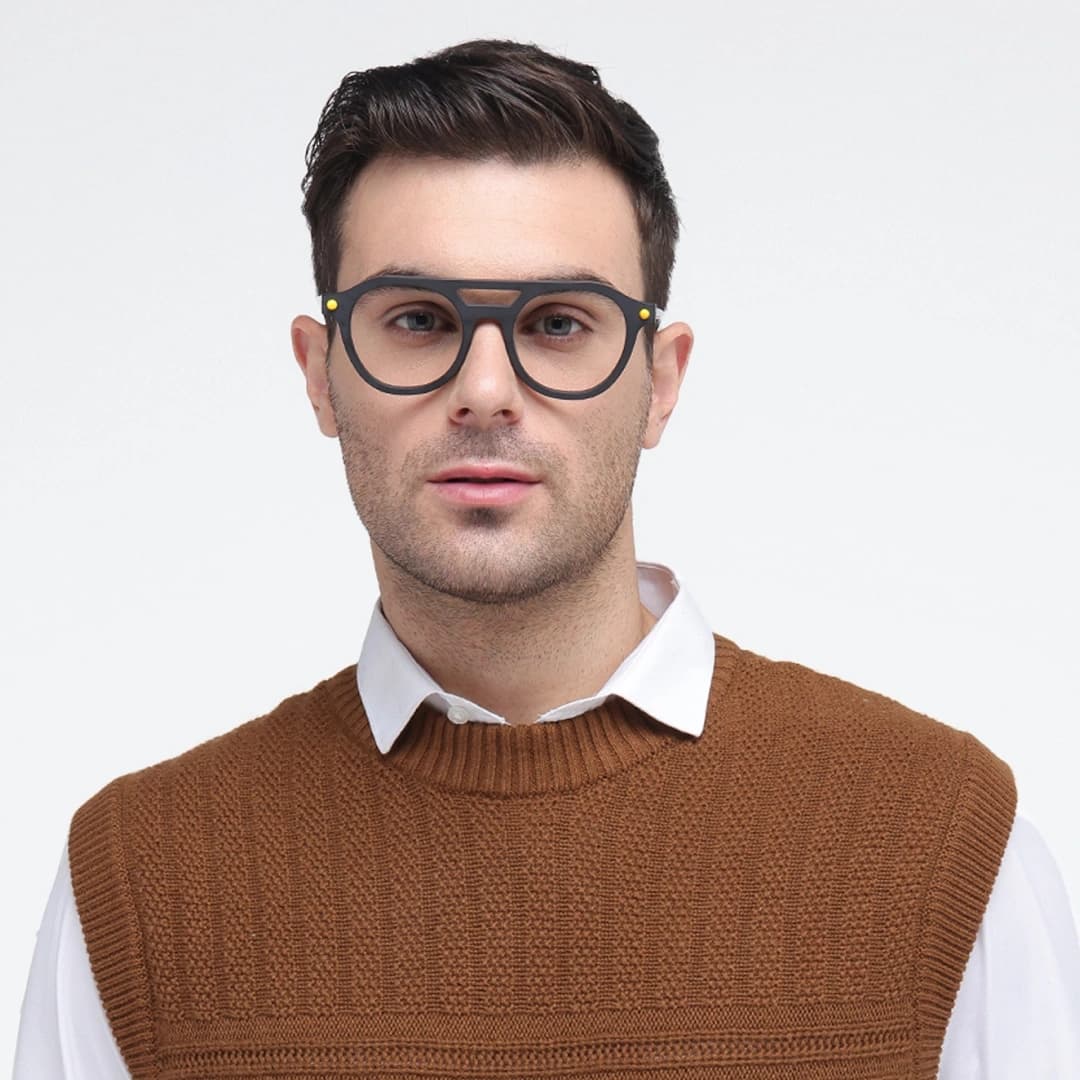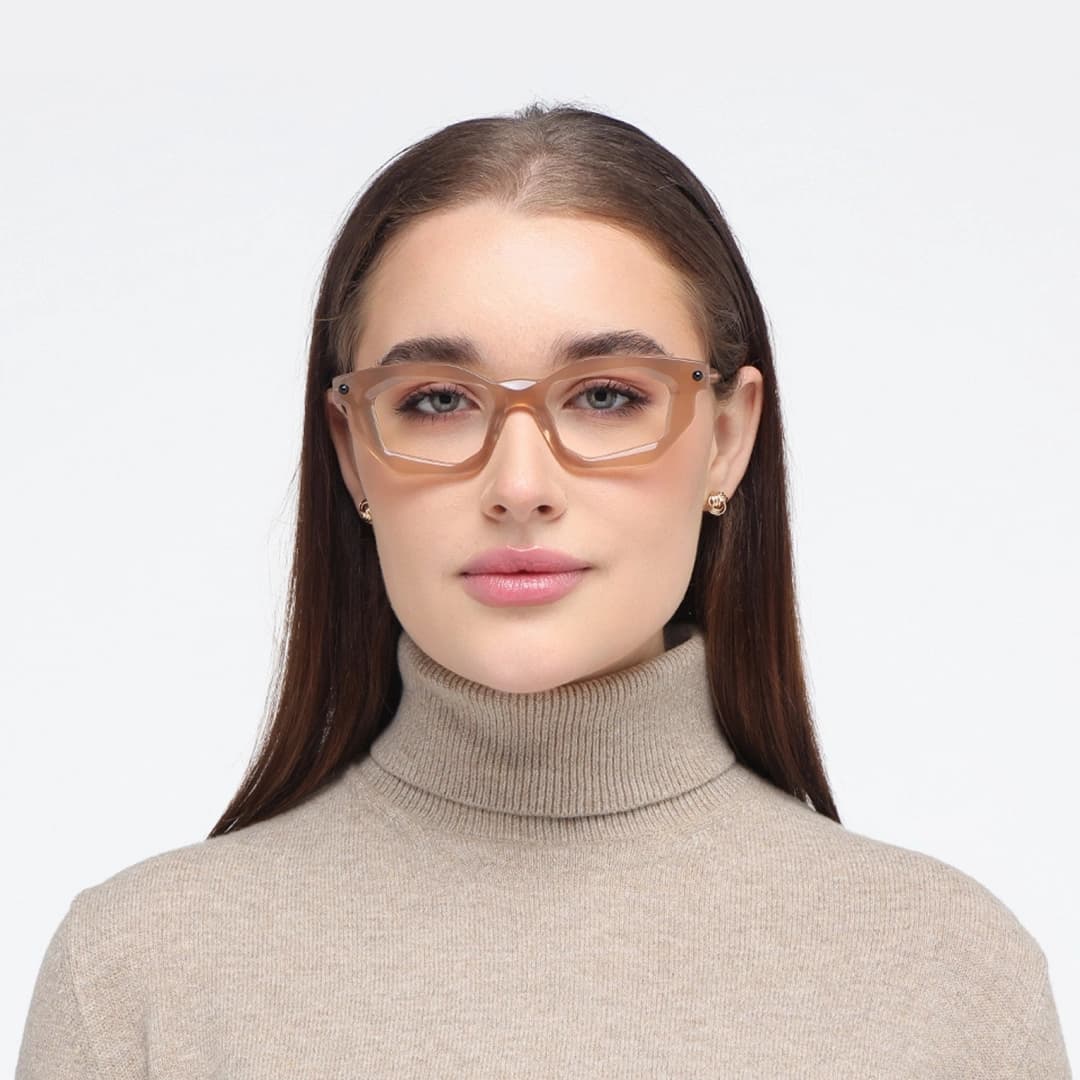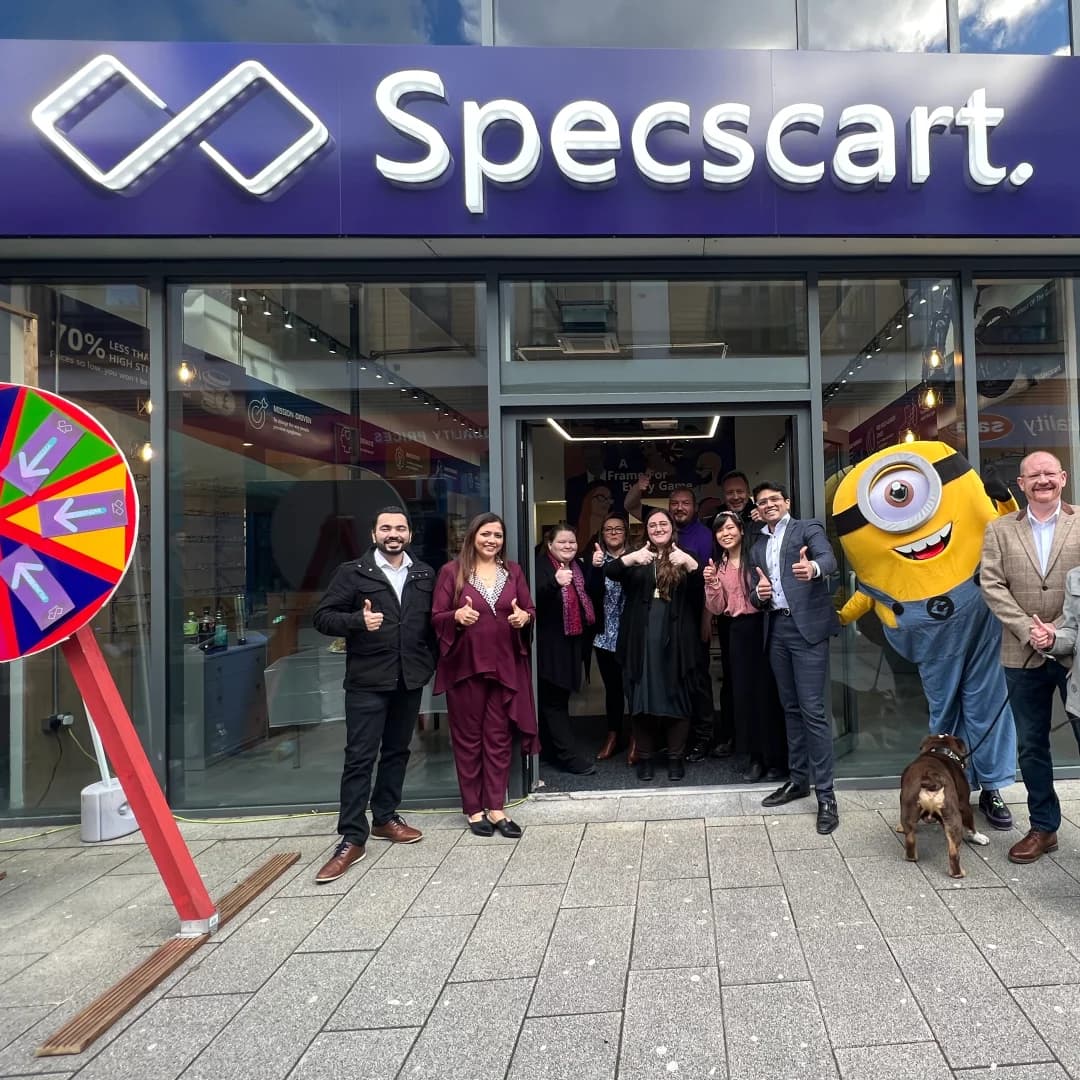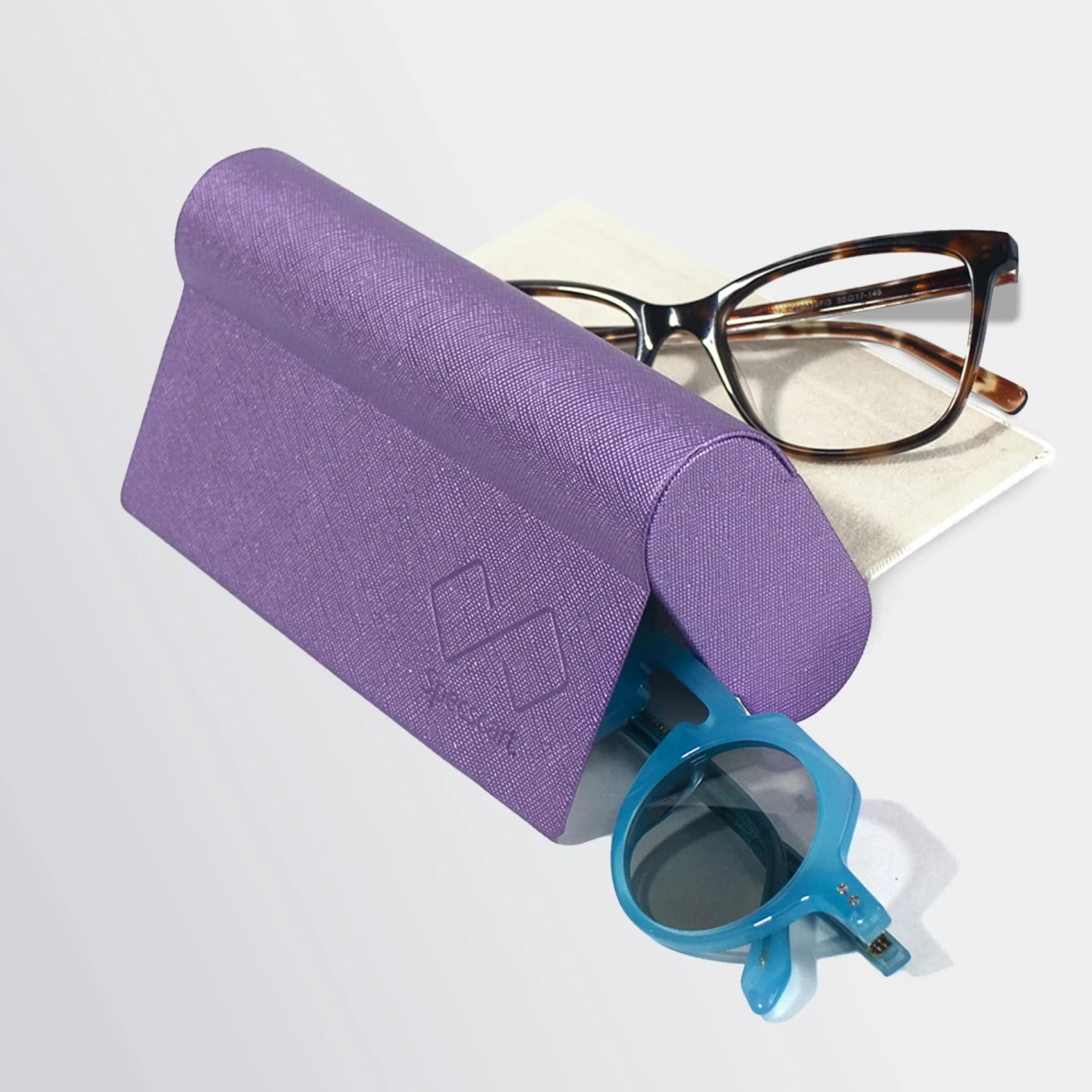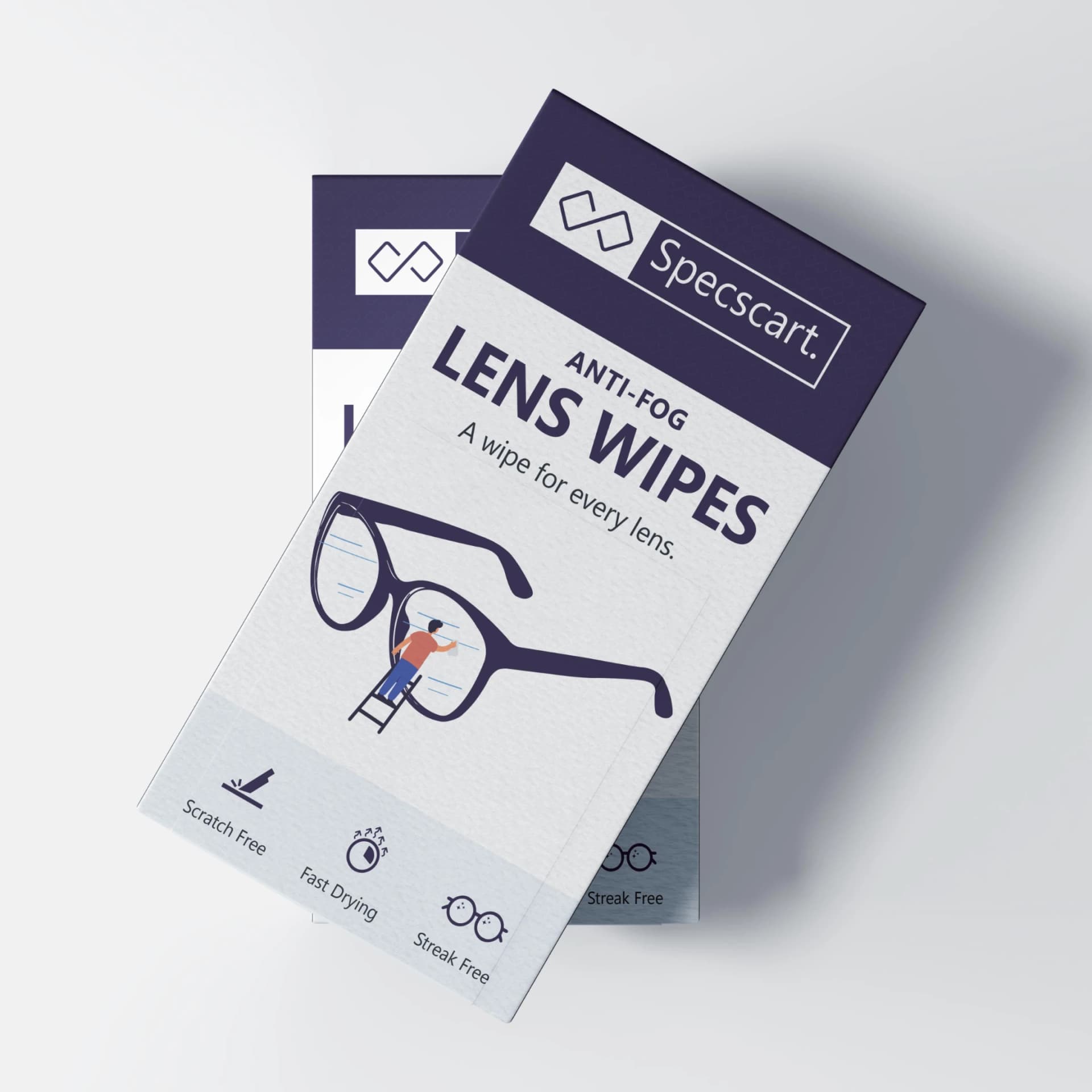Nearsightedness, also called myopia, comes from a Greek word called "myuops," meaning short-sighted. Nearsightedness is an eye disorder that allows you to see only near-sighted objects clearly. Distant objects appear blurry and unclear to recognise.
Based on the UK Biobank study published in PLOS ONE, the prevalence of myopia (short-sightedness) among UK adults aged 40 to 69 was found to be 27%. This includes 13.3% with low myopia, 9.5% with moderate myopia, and 4.0% with high myopia. Therefore, it is important to understand in detail about the eye condition-myopia, so that regular eye-checkups can help you diagnose the same.
What Does Nearsightedness Mean?
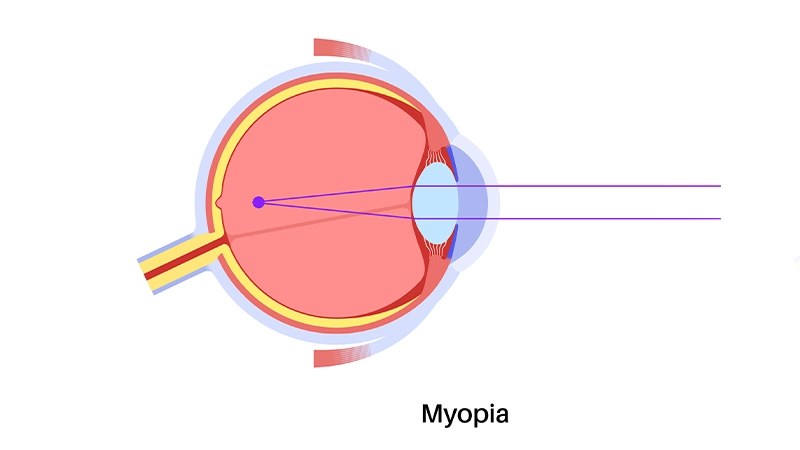
Nearsightedness is a refractive error in your eyes that constructs an image in front of the retina rather than on the retina. Therefore, you are only able to see images at a short distance, not the far ones. Nearsightedness not only causes vision problems, but if left untreated, it is responsible for developing severe vision loss and other eye-related diseases.
It's a form of refractive error (inability to bend, refract or focus the light rays properly) in which parallel rays of light (i.e. coming from a distant source), after entering the eyes, are focused in front of the retina.
Since the light rays fall before the retina, it causes distant objects to look blurry while the near or up-close objects seem normal and crystal clear.
What are the Symptoms of Nearsightedness?
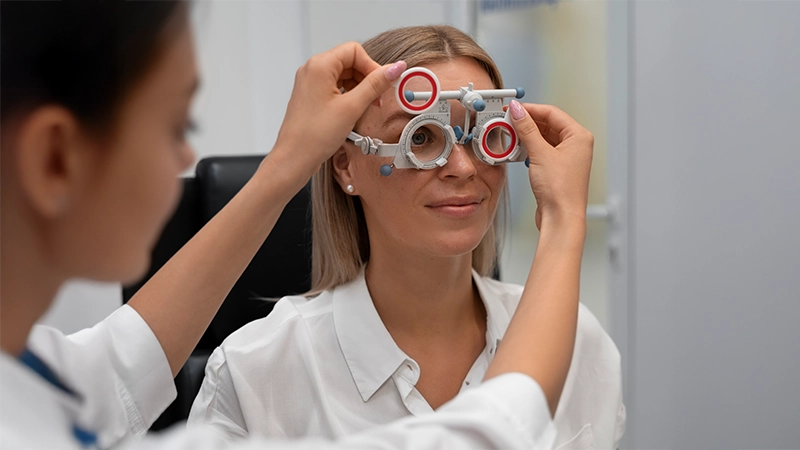
Here are some symptoms that help you recognise nearsightedness:
Eye strain and headaches
Experiencing a hard time identifying objects from far or watching a film in the theatre.
If you are a student, you might not see clearly what's written on the board in your class, or you can't read street shop names from a distance.
You also start to experience a loss of visual acuity and see blurred images.
When you experience such visual symptoms, get a free eye test immediately to treat your eyes well before they get worse.
What are the Causes of Nearsightedness?

The nearsightedness vision has many underlying factors. However, it is considered that genetics and our lifestyle factors contribute to the creation of nearsightedness. Here are some of the primary reasons for this prominent eye condition:
Heavy focus on close objects: The prolonged hours of digital use and dependence are also one of the prime reasons. Putting a lot of effort by looking closely into smartphones or performing other up-close work like reading for extended hours results in nearsightedness.
Genetics: Nearsightedness equally occurs because of hereditary reasons. It is passed on from your parents to you, and you can start to feel its effect quite early in life.
Inadequate light exposure: Immense amounts of indoor time spent in dim light or highly lit rooms can cause severe impacts on your eyes, leading to myopia.
Diabetes affects the eyes: The retina remains in a bad state in a diabetic person as it develops microvascular abnormality, which involves a leak in blood vessels because they are weak. The leakage is also responsible for creating nearsightedness and even permanent vision loss.
What are the Varying Degrees of Nearsightedness?
Nearsightedness is measured in a unit called dioptres, denoted as D. Here are three different degrees of nearsightedness.
Low nearsightedness (< 3.00 D) - Known as a mild form of nearsightedness. It lies between -3.00 diopters and less.
Medium nearsightedness (3.00 D - 6.00 D) - Moderate form of nearsightedness lies between -3.00 to -6.00 diopters.
High nearsightedness (> 6.00 D) - Higher nearsightedness is marked as a higher degree of nearsightedness than average. It is above -6.00 dioptre, and it is considered progressive myopia.
Can Nearsightedness be Cured Naturally?
Nearsightedness is not a curable eye disorder. You can't get your vision back to normal naturally; however, you can get a clear view of distant objects using vision correction devices. Clear distant vision is possible with the use of minus power prescription glasses. You can also use contact lenses or surgical procedures to treat your myopic eyes.
Final Thoughts
Nearsightedness or myopia can be treated with prescription glasses, contact lenses or surgery. The best and most convenient way is to get prescription glasses as they are comfortable, durable and do the job perfectly.
You can explore our range of premium and fashion-forward prescription glasses styles at 70% lower prices than the high street. We understand the urgency when it comes to getting your glasses on time, therefore, we offer free next-day delivery on prescription glasses (except complex prescriptions and varifocals). Your eyeglasses are crafted to the highest standards of British precision at our in-house state-of-the-art glazing lab in Manchester.
Unlock a £10 gift voucher instantly when you follow us. Just hit us up over DM and we will reply back with an exclusive code.
Caution: You may become style obsessed
Your way finder
1000+ Trendy Styles

Fashion Forward Sunnies



































